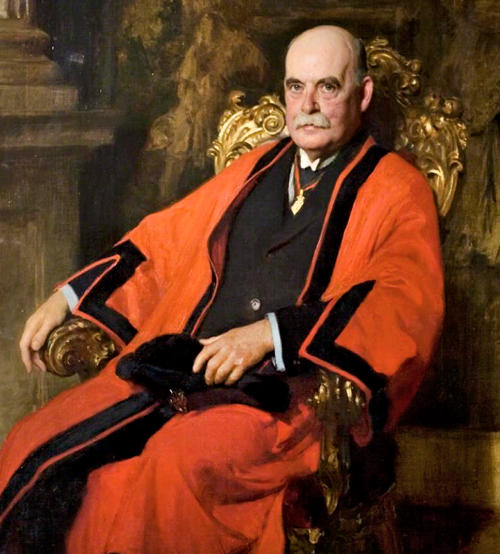|
Index...
|

 he First World War, the 'War to end all Wars', is such a big subject, and unimaginable because of its sheer size and scale. Gruelling trench warfare and the introduction of modern weaponry such as machine guns, aeroplanes, submarines, tanks and chemical weapons. From the carnage and loss of life of so many people on both sides - around ten million soldiers killed and twenty one million wounded, not counting others like civilians - what does hit home is when you hear of personal stories, like the story that changed the course of events in Coventry. It is the sad story of Lieutenant William Reginald Fitzthomas Wyley of the Royal Field Artillery. He was the only son of the wealthy Coventry former Mayor Colonel William Wyley of the Charterhouse Old Priory. Within days of war being declared Mayor Wyley called for volunteers. He played a big part in recruitment in the city, sometimes on horseback, appealing for hundreds of men to join up and serve alongside their fellow citizens and Coventry-men. So Colonel Wyley must have felt that he had played a great part in getting his only son killed, and it also left him without an heir to his company and his estate.
he First World War, the 'War to end all Wars', is such a big subject, and unimaginable because of its sheer size and scale. Gruelling trench warfare and the introduction of modern weaponry such as machine guns, aeroplanes, submarines, tanks and chemical weapons. From the carnage and loss of life of so many people on both sides - around ten million soldiers killed and twenty one million wounded, not counting others like civilians - what does hit home is when you hear of personal stories, like the story that changed the course of events in Coventry. It is the sad story of Lieutenant William Reginald Fitzthomas Wyley of the Royal Field Artillery. He was the only son of the wealthy Coventry former Mayor Colonel William Wyley of the Charterhouse Old Priory. Within days of war being declared Mayor Wyley called for volunteers. He played a big part in recruitment in the city, sometimes on horseback, appealing for hundreds of men to join up and serve alongside their fellow citizens and Coventry-men. So Colonel Wyley must have felt that he had played a great part in getting his only son killed, and it also left him without an heir to his company and his estate.
David McGrory's book 'Coventry and the Great War' tells the story of what happened on 19th September 1916. Lieutenant Wyley was killed in action by an exploding shell. He was buried at Avebury, near Albert. His commanding officer Lord Wynford wrote to Colonel Wyley saying; "From my constant companionship with him, as my adjutant for the last four months, I had learnt to like him immensely; and his work, especially lately, had been really excellent. You may possibly know already what a great favourite he was, not only in my brigade, but, I may almost say, right through the artillery of our division - thoroughly high-hearted, always kindly and good-humoured, and ready to infect with his cheeriness on all occasions, no matter what the circumstances. I shall mourn him, not only as a loss professionally, but as a friend."

William was only 24 when he died. Many people in Coventry were hoping that he would take over his dad's business and become just as important to the city. He had been sent to all the good schools and was being groomed in the ways of business.
Though his body is in France, a tree and plaque to the memory of William can still be seen in the War Memorial Park. Colonel Wyley was one of the most respected citizens of Coventry, and the news of his son's death affected many. When Colonel Wyley died in August 1940 there was a big service in St. Michael's Cathedral which was attended by over a thousand people. It may have been the last significant service, because within less than three months the Cathedral was destroyed by fire bombs. Wyley left Charterhouse to the citizens of Coventry, a trust was set up, and all the city councillors became trusties. Charterhouse was used straight away as a convalescent home for people affected by the war.

Colonel Wiley's will left instructions that the house and grounds of Charterhouse should become a trust and all the city's councillors would be the trustees and run it for the citizens of Coventry as a museum for education and the community. Over time councillors changed and the building was used for many things especially due to the war. In its past it's been a convalescent home, old gentlemen's home, hostel for the youth, training centre and college classrooms.
Now Charterhouse has a bright future, and as of Spring 2023 it has reopened after a multi-million pound restoration by the Historic Coventry Trust.
Paul Maddocks, 2023
Website by Rob Orland © 2002 to 2025